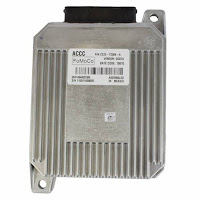What Is An ECU?
Quite simply put ECU is a device that controls all the electronic features in a car. This may range from fuel injection to maintaining perfect cabin temperature to controlling braking and suspension. Some vehicles have multiple ECU controlling different features while some have a single one controlling everything
Types Of ECU
With vehicles having multiple ECU they are divided on what tasks they perform. Some of these types are as follows.
-
Engine Control Module
With its sensors, the ECM ensures the amount of fuel and ignition timing necessary to get the most power and economy out of the engine.
-
Brake Control Module
Used in vehicles with ABS, the BCM makes sure that the wheels are not skidding and determine when to trigger braking and let go of the brake to ensure the wheels don’t lock up.
-
Transmission Control Module
Used on an automatic vehicle, the TCM ensures you get the smoothest shifts possible by assessing the engine RPM and acceleration of the car.
-
Telematic Control Module
Another one with the same abbreviation this TCU ensures the car onboard services are up and running. It controls the satellite navigation and Internet and phone connectivity of the vehicle.
-
Suspension Control Module
Present in Cars with active suspension systems, the SCM ensures the correct ride height and optimal changes to suspension depending on the driving condition.

























































